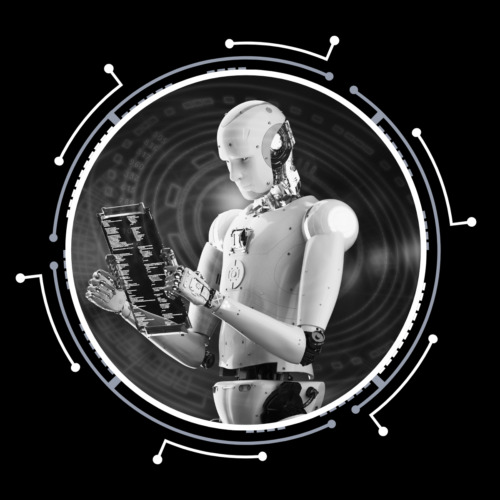Ever been amazed by the seemingly miraculous power of AI and ML? From personalized recommendations on social media platforms to accurate voice recognition on virtual assistants, these technologies have become a vital part of our day-to-day lives. Yet, in the background of AI and ML magic lies a humble but important process known as data annotation.
So, what exactly is data annotation? Imagine you’re teaching a child to identify various animals. You show them pictures of cats, dogs, and elephants, and tell them what each animal is. This is the role of data annotation in AI and ML models. This is a process of labeling data to help machines understand and learn from it. Whether it’s tagging images, transcribing audio, or categorizing text, data annotation adds a human touch that allows machines to understand the vast amount of information it contains.
The Basics of Data Annotation
Let’s break it down a bit. Let’s say you’re training an AI model to recognize dogs in images. You will need many pictures of dogs. But just showing an example picture of a random dog isn’t enough. You need to tell the model, “Hey, it’s a dog!” This is where data interpretation comes in. Each image of a dog is labeled with a tag that says: “This is a dog.” It’s like putting a post-it note on every image so the model understands what it’s checking out.
But it’s not just about dogs. Data annotation can include a wide range of operations, such as drawing boxes around objects in images (think bounding boxes), highlighting specific words or phrases in text (named entity recognition), or even demonstrating the feeling of a piece of text (positive, negative, or neutral). The objective is to provide the model with labeled examples of the data it will experience in reality, so it can figure out how to perceive patterns and make predictions.
The Importance of Quality Annotation
Now you might be thinking, “Can’t we let the machines figure this out for themselves? » Well, not quite. Although AI and ML algorithms are intelligent, their quality depends on the data they were built from. Trash in, trash out, as they say. If you give them noisy or inaccurate data, you will get unreliable results.
That is the reason quality annotation is vital. It’s not just about labeling the data and calling it a day. This is to ensure that those labels are accurate, consistent, and relevant. Consider it like this: assuming that you were helping somebody recognize cats, you wouldn’t show them pictures of dogs and tell them they’re cats, right? The same goes for AI models. They need clean, well-labeled data to learn effectively.
The Challenges of Data Annotation
Of course, data annotation isn’t all rainbows and sunshine. There are challenges aplenty, my friend. To begin with, this can be a very slow process, especially if done manually. Imagine having to write thousands of images by hand – it’s enough to make anyone’s eyes light up.
Then there is the question of scalability. As the saying goes: “Ain’t nobody got time for that!” As the demand for AI-based applications goes up, so does the need for annotated data. And let us not forget the dreaded curse of prejudice. If those who make the interpretation are not careful, their thoughts and feelings can enter the data, distort the results, and cause them to continue to think wrong.
The Future of Data Annotation
But fear not, dear reader, for all is not lost! As technology advances, new solutions emerge to solve the challenges of data annotation. We’ve got AI-powered tools that can automate the annotation process, speed things up, and reduce the risk of human error. We have crowdsourcing platforms that use the collective wisdom of the crowd to collect big data in record time. And we have methods like active learning, which help AI models prioritize the most informative examples for annotation, saving time and resources.
Perhaps more importantly, we are beginning to understand the ethics of data annotation. We ask tough questions about fairness, transparency, and accountability. We strive to create data systems that reflect the diversity of the world we live in, rather than perpetuate narrow or harmful stereotypes. Furthermore, we’re empowering people from all foundations to participate in the annotation process, ensuring that the benefits of AI are shared by all.
Wrapping It Up
So there you have it, folks—a virtual tour of the wonderful world of data annotation. This may not be the most glamorous part of the AI and ML journey, but it’s certainly one of the most important. Without quality annotation, our AI models will get lost in the sea of data, unable to tell a cat from a dog or a positive analysis from a negative analysis.
Found this useful?






